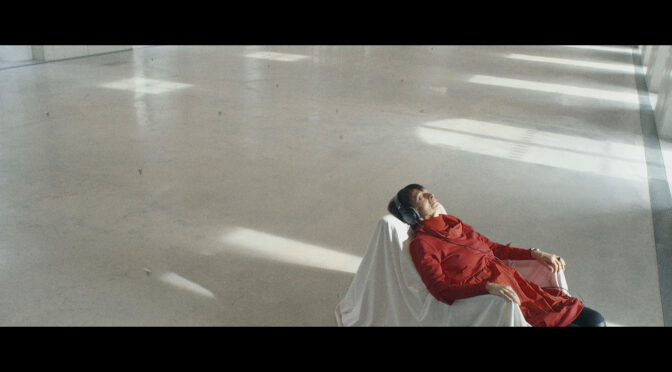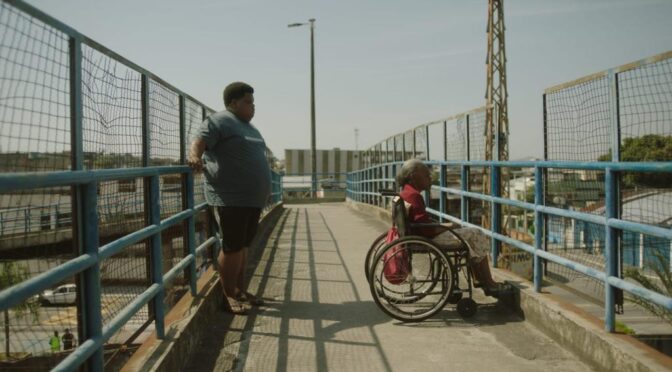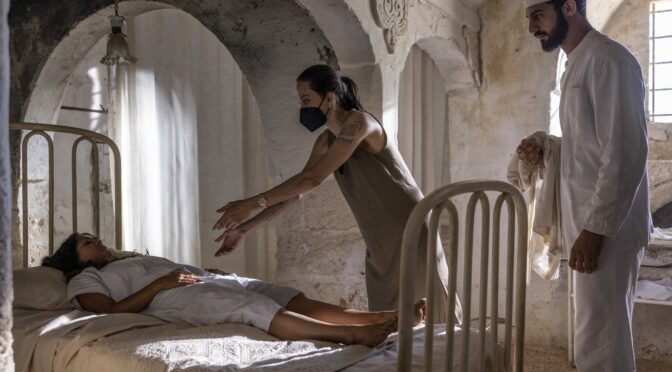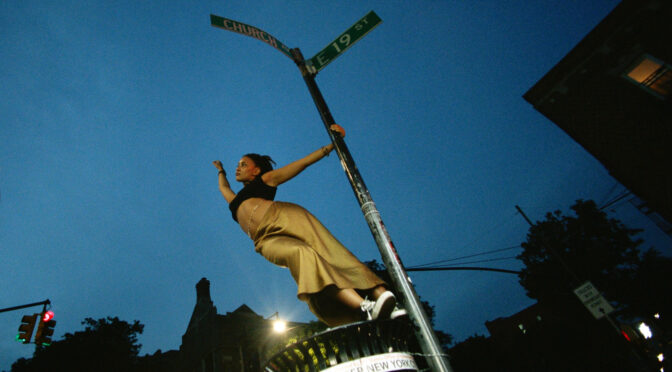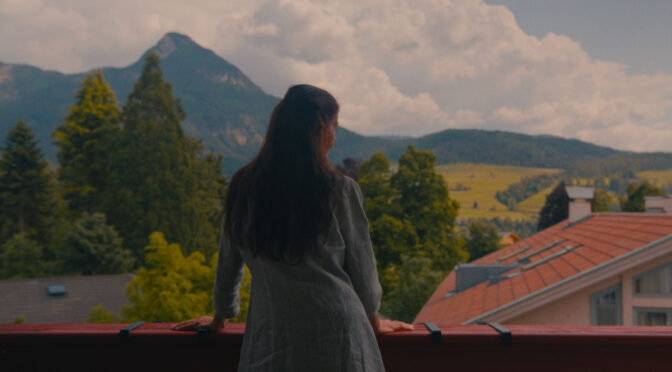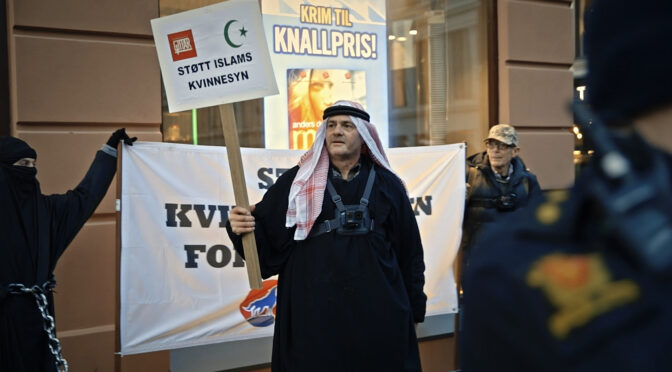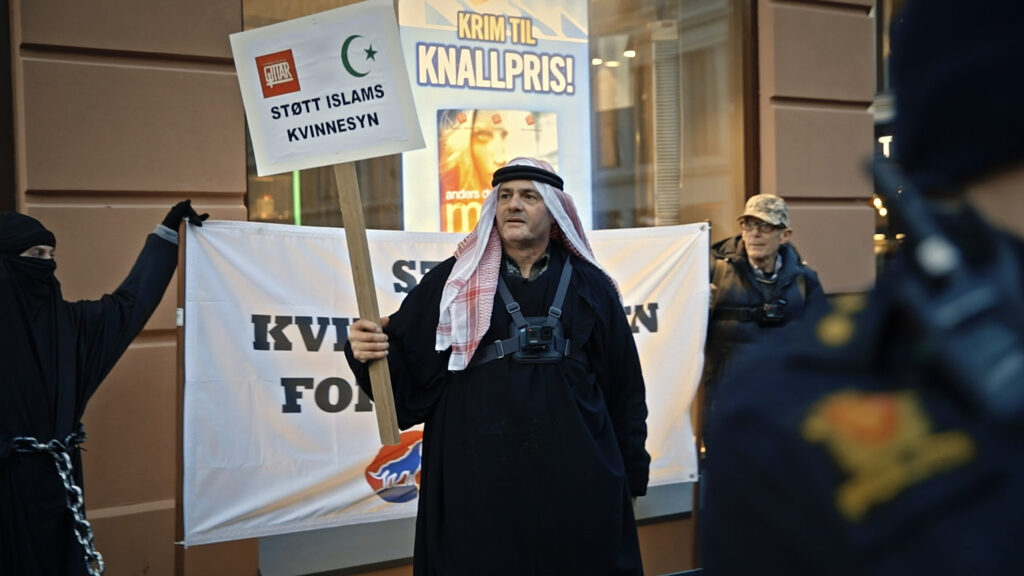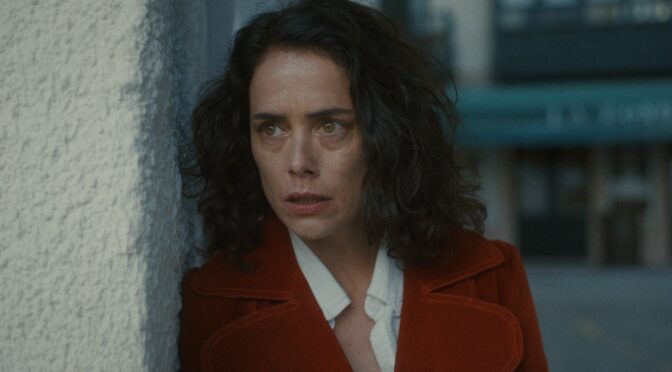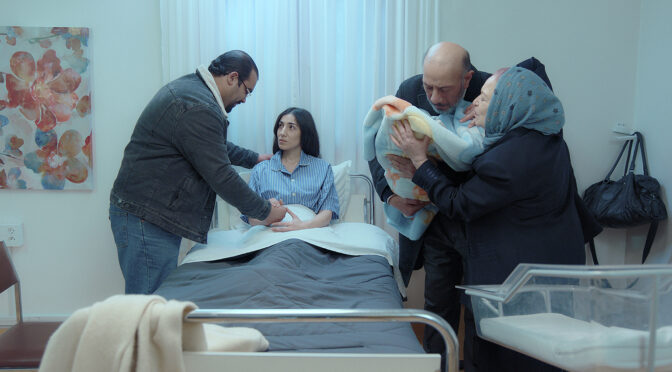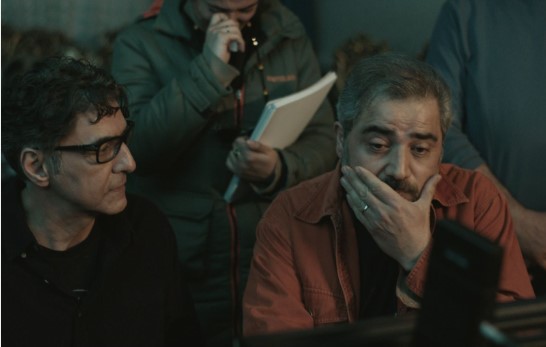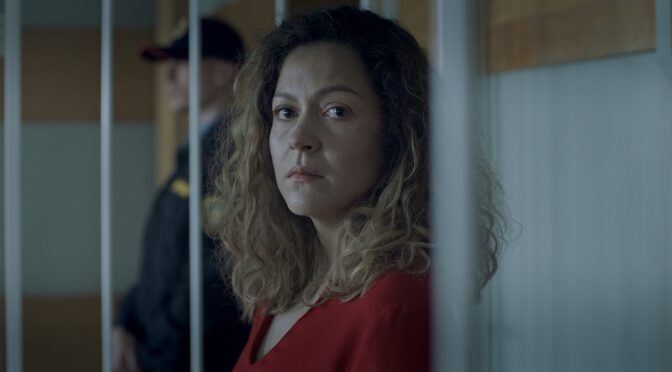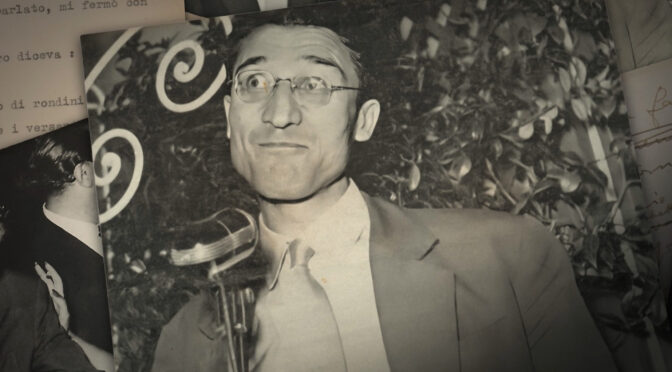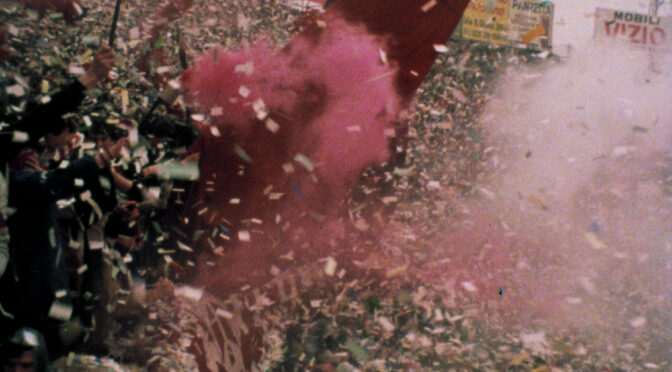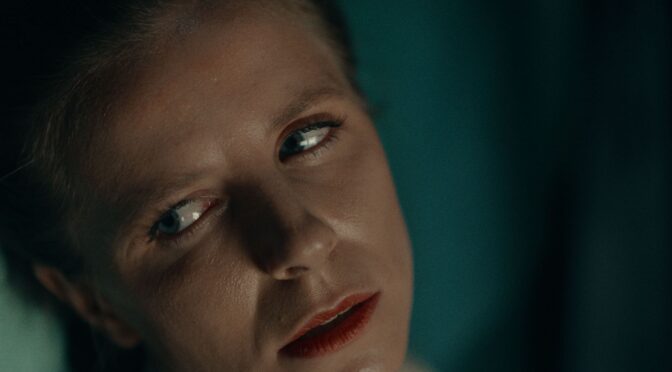Article by Alessandra Sottini
Translation by Federica Riccardi
On an ordinary day, Manca Košir explains to his family the secret of the enchanting cherry blossom: its beauty captivates the observer, but its brittleness and the passage of time make quickly fade that instant of wonder. The eternity of being is enclosed in the celebratory activity of life, day by day. Slovenian director Nina Blažin, who has experienced first-hand the loss of a loved one, feels close to the joyful and combative personality of the protagonist of The Silence of Life, filmed between 2019 and 2023.
Continua la lettura di “THE SILENCE OF LIFE” BY NINA BLAŽIN
